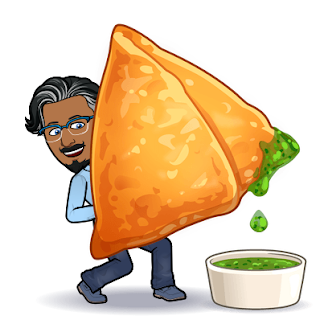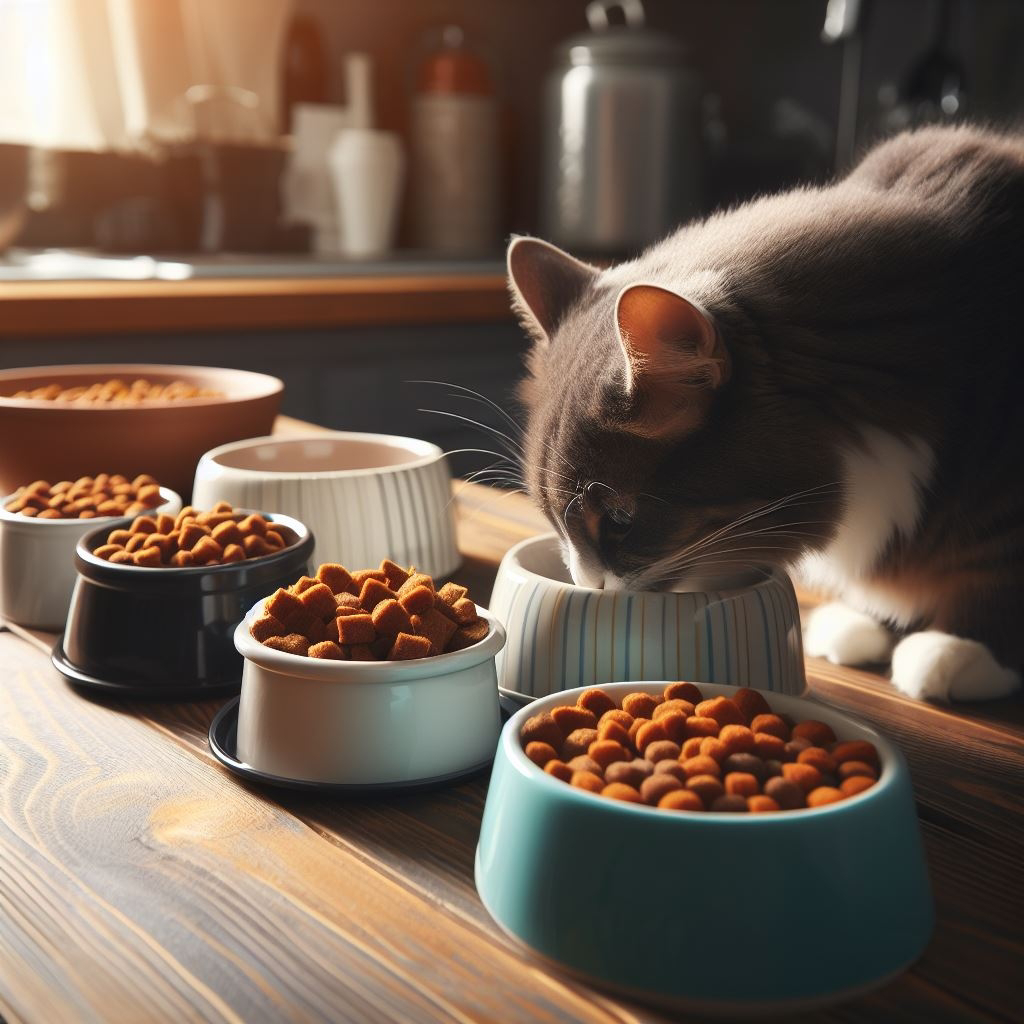Exploring the Unique Taste Buds of Cat Tongues: A Fascinating Look at Feline Palates
Exploring the Unique Taste Buds of Cat Tongues: A Fascinating Look at Feline Palates
Hey there, curious cat enthusiasts! Have you ever wondered why your furry feline friend turns up their nose at certain foods or seems to have a preference for fishy flavors? It all comes down to the incredible taste buds on their tongues! Let's embark on a journey into the world of cat taste buds and uncover the secrets behind their discerning palates.
1. A Rough and Ready Tongue:
Have you ever felt your cat's tongue? It's not like ours—it's rough and scratchy, almost like sandpaper! This rough texture is due to tiny, backward-facing projections called papillae, which are made of keratin, the same material as our fingernails. These papillae serve multiple purposes, including grooming fur and aiding in the consumption of food.
2. Limited Taste Sensations:
While humans have around 9,000 taste buds covering their tongues, cats have far fewer—only about 470! Despite this, cats can still detect the basic taste sensations of sweet, sour, bitter, and salty. However, they're not as sensitive to sweetness as humans are, which is why you won't see cats clamoring for dessert like we do!
3. Carnivorous Cravings:
Cats are obligate carnivores, which means they rely primarily on meat for their nutrition. Their taste buds are finely tuned to detect the savory flavors of meat, making them natural-born hunters and carnivorous connoisseurs. That's why your cat may turn their nose up at vegetables or fruits—they're just not wired to crave them like we do!
4. The Importance of Smell:
While taste buds play a role in determining a cat's food preferences, their sense of smell is even more critical. Cats have an incredibly keen sense of smell, with an estimated 200 million scent receptors in their nasal passages—compared to a human's measly 5 to 20 million! This heightened sense of smell helps cats identify and differentiate between different foods, making it a crucial factor in their eating habits.
5. Individual Preferences:
Just like humans, cats have their own unique food preferences and dislikes. Some cats may have a penchant for fish-flavored foods, while others may prefer poultry or beef. Understanding your cat's individual tastes and preferences can help ensure they're getting the nutrition they need while satisfying their culinary cravings.
6. The Mystery of Catnip:
Speaking of preferences, have you ever wondered why some cats go crazy for catnip? Catnip contains a compound called nepetalactone, which triggers a response in cats' brains that results in euphoria and heightened activity. Not all cats are affected by catnip, though—it's estimated that around 50-70% of cats have a genetic predisposition to respond to its effects.
7. Feline Food Fun:
So, the next time you offer your cat a tasty treat or a delicious meal, remember that their unique taste buds and sense of smell play a significant role in their culinary adventures. Whether they're savoring the flavors of their favorite canned food or indulging in a catnip-infused frenzy, cats certainly know how to appreciate the finer things in life!
From their rough tongues to their discerning palates, cats are truly fascinating creatures when it comes to taste and flavor. So, here's to our furry feline friends and their culinary escapades—may they always find delight in the flavors of the world around them!
thanks
see you again.
"; var message = "Check out this blog post: " + shareUrl; var encodedMessage = encodeURIComponent(message); window.open(`https://api.whatsapp.com/send?text=${encodedMessage}`); }


Comments
Post a Comment